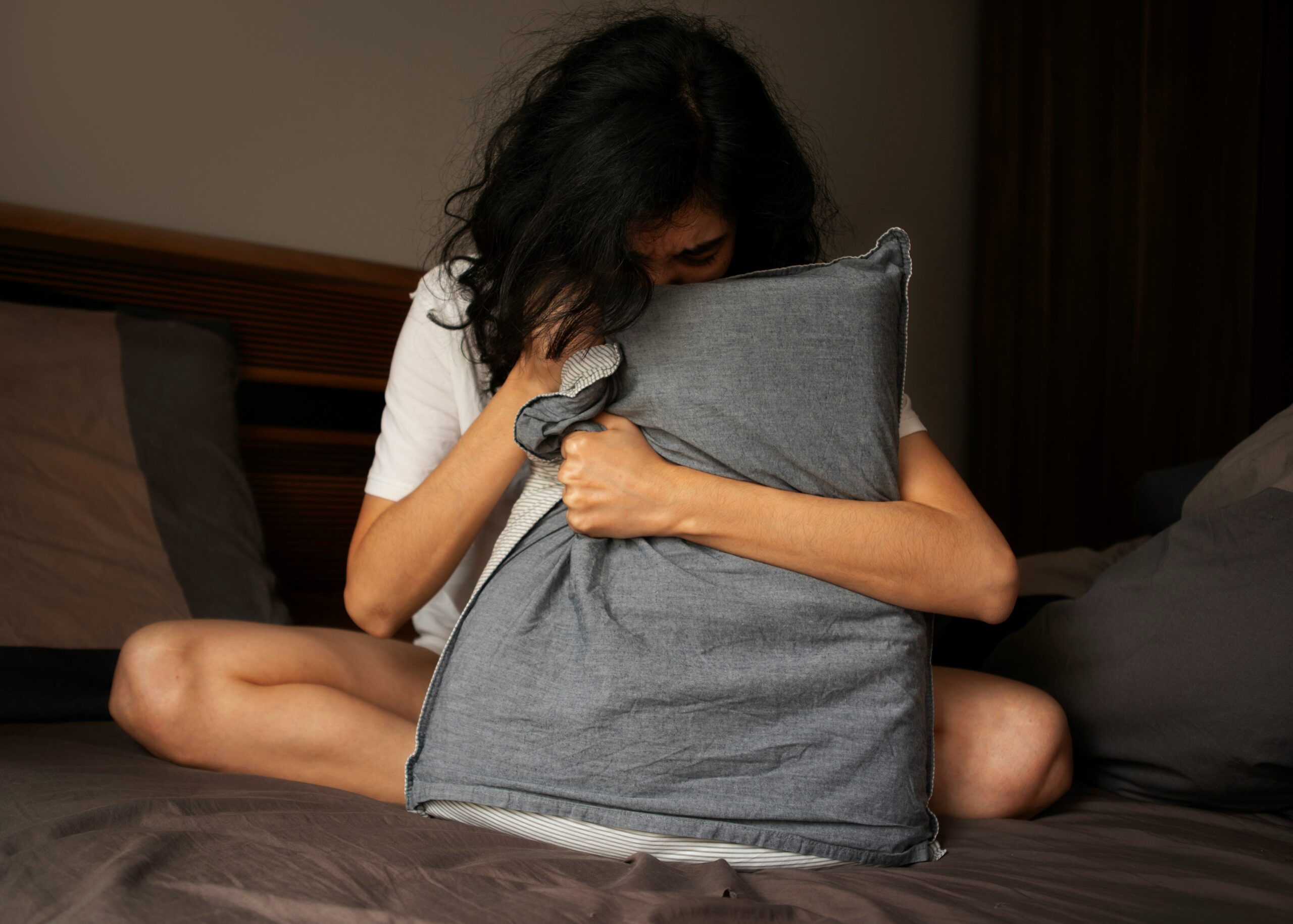Naloxone, a medicine that acts as an opioid antagonist, is reliable, but it’s important to be aware of potential Naloxone side effects. In 2021, the number of people who died from opioid-related causes in the United States exceeded 80,400, as reported by the Centers for Disease Control and Prevention (CDC). Healthcare professionals are urging people to carry Naloxone to help save lives.
The number of patients is increasing, and so is the cure Naloxone provides. This article highlights Naloxone side effects, uses, dosage, interactions, and warnings.
What is Naloxone and how does it work?
Naloxone is an FDA-approved medication used to reverse an opioid overdose quickly. It belongs to a class of drugs known as opioid antagonists. Naloxone works by attaching to opioid receptors in the body, blocking the effects of opioids and helping to restore normal breathing. Naloxone, sold as Narcan and Evzio, is used in emergencies.
If someone shows signs like slow breathing, extreme sleepiness, or loss of consciousness due to a possible overdose, naloxone should be used immediately. However, even if the person wakes up after receiving naloxone, they need emergency medical help immediately. Naloxone side effects can include withdrawal symptoms such as nausea, vomiting, sweating, rapid heart rate, tremors, and increased blood pressure.
However, Naloxone’s effects wear off faster than opioids, so it’s crucial to seek medical help immediately after giving the first dose. Treatment for opioid overdose should also include breathing support, like oxygen through tubes or mechanical ventilation.
Dosages of Naloxone
Dosage varies from person to person. Here are a few aspects based on one, which is Naloxone
Adult Dose for Opioid Overdose:
- Initial Dose: 0.4 mg to 2 mg IV, IM, or subcutaneously; repeat at 2 to 3-minute intervals up to 10 mg if needed.
- Auto-injector: 0.4 mg IM or subcutaneously into thigh; repeat every 2 to 3 minutes if necessary.
- Nasal Spray: 1 spray intranasally; repeat every 2 to 3 minutes if needed.
Pediatric Dose for Opioid Overdose:
- Neonates: Initial dose 0.01 mg/kg IV, IM, or subcutaneously; repeat every 2 to 3 minutes.
- Children: The initial dose is 0.01 mg/kg IV; 0.1 mg/kg may be given if needed. Repeat doses every 2 to 3 minutes.
Adult/Pediatric Dose for Reversal of Opioid Sedation:
- Initial dose: 0.1 to 0.2 mg IV; repeat at 2 to 3-minute intervals as needed.
- Neonates/Children: Initial dose 0.01 mg/kg IV; repeat every 2 to 3 minutes if needed.
- Intravenous Infusion: Administer according to the patient’s response.
Comments
- IV route is preferred for rapid onset.
- Repeat doses may be necessary depending on the opioid type and route.
- Continuous surveillance is recommended. Additional supportive measures may be necessary.
What are Naloxone side effects?
If you notice any signs of an allergic reaction to naloxone, such as hives, difficulty breathing, or swelling of the face, lips, tongue, or throat, seek emergency medical assistance immediately.
Because naloxone reverses the effects of opioids, its administration can lead to sudden withdrawal symptoms, including:
- Nausea
- Vomiting
- Diarrhea
- Stomach Ache
- Fever
- Sweating
- Body Aches
- Tremors or Shivering
- Pounding heart rate, Increased blood pressure
- Goosebump
- Runny Nose
- Yawning
- Feelings of Nervousness
- Restlessness or Irritability
This is a partial list of side effects, and others may occur. Call your doctor for medical advice about side effects. You may report side effects to the FDA.
Treatment for Naloxone side effects
If someone feels sick after getting naloxone, they might have side effects. Here’s what to do:
- Stay Calm: Let the person know that it’s normal to have side effects from naloxone.
- Comfort: Offer reassurance and comfort. Tell them it will pass soon.
- Hydration: Give them water to drink. It helps with feeling sick.
- Rest: Encourage them to lie down or sit comfortably.
- Watch Over: Keep an eye on them to ensure they’re okay.
- Call for Help: If their symptoms worsen or they’re really uncomfortable, call for medical help.
Remember, Naloxone side effects usually go away on their own. But it’s important to monitor the person just in case.
What are the warnings and precautions for Naloxone?
- In emergency situations, you should inform doctors of your health conditions, pregnancy status, or breastfeeding status before receiving treatment.
- Ensure that any doctor treating you post-administration knows you’ve been given this medicine.
- After administering naloxone, the doctor must seek emergency assistance. Until help arrives, additional injections may be needed every 2 to 3 minutes.
- Consuming alcohol can heighten specific side effects of naloxone.
- If you’re taking narcotic pain medication, the pain relief effects of the narcotic will be reversed while receiving naloxone.
FAQs: Naloxone side effects
1. Is naloxone an opioid antagonist?
Yes, Naloxone quickly stops opioid overdoses and acts like an opioid antagonist. It attaches to opioid receptors and prevents the effects of other opioids.
2. What class of medication is naloxone?
Naloxone injection is in a class of medications called opiate antagonists. It works by blocking the effects of opiates to relieve dangerous symptoms caused by high levels of opiates in the blood.
3. How does Narcan (naloxone) work in an overdose?
Naloxone helps by stopping opiates from affecting the brain and by assisting the person in breathing normally again. But it only works if there are opiates in the person’s system.
4. Is this an addictive drug?
Naloxone (Narcan) is not a controlled medication. It has no street value, and you cannot become addicted to it.
5. What should I avoid while using naloxone?
Naloxone may impair your thinking or reactions. Be careful if you drive or do anything that requires you to be alert.
Conclusion:
Naloxone is not a controlled substance, according to the US Drug Enforcement Administration (DEA). This medicine can rapidly reverse an opioid overdose. It attaches to opioid receptors and reverses and blocks the effects of other opioids.
However, like other medicines, Naloxone side effects are mild to severe. You should consult your doctor or healthcare professional before consuming Naloxone.









